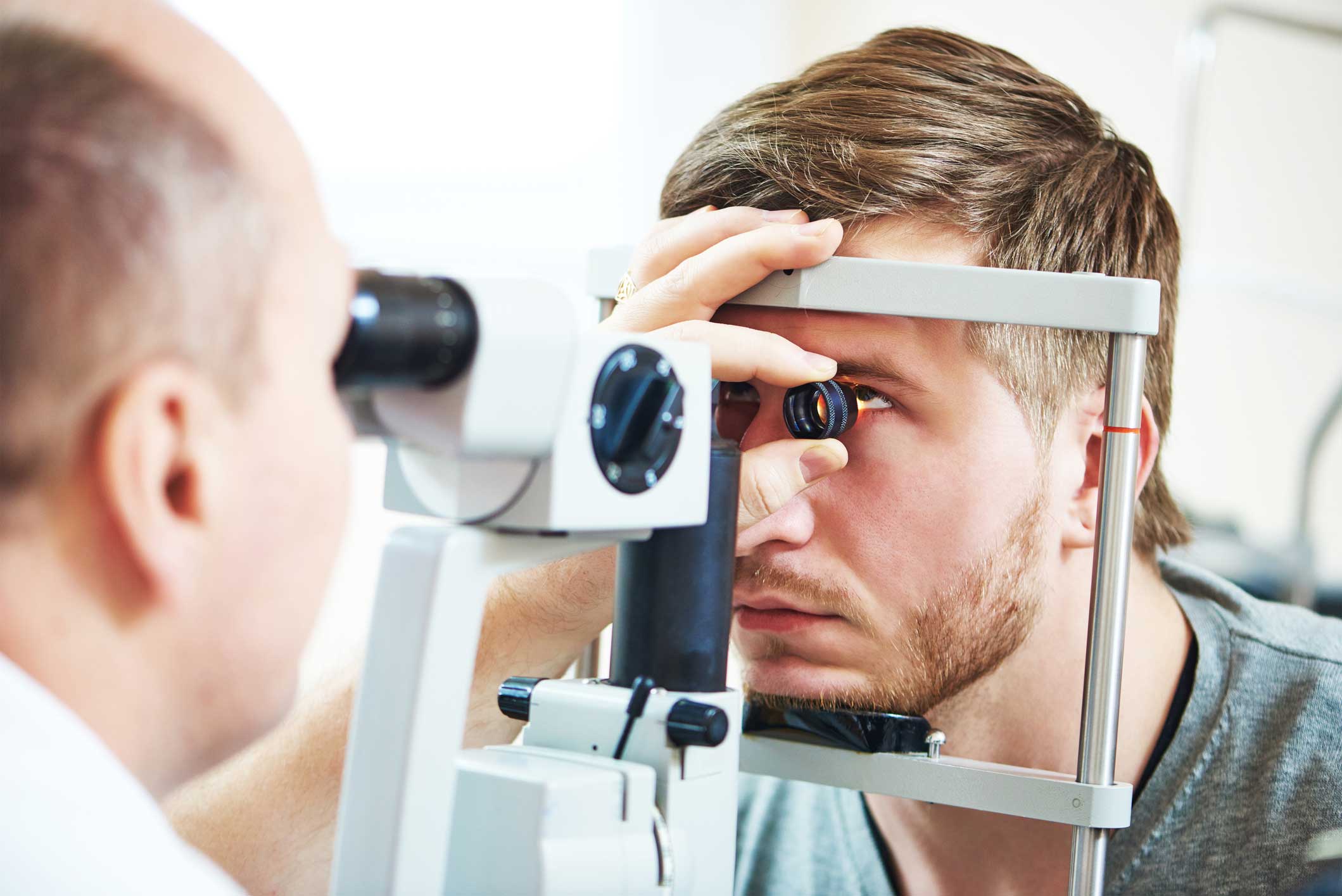What should you know about glaucoma? The older you are, the more you should know. Dr. Kristy Mascarenhas, an ophthalmologist at Hartford Hospitals Eye Surgery Center, offers some details on this common condition:
Q. What is glaucoma?
A. Glaucoma is a certain type of change in the optic nerve (which carries information about what we see to our brains). When the pressure inside the eye gets too high for any particular person’s eye to handle, the optic nerve hollows out and people’s peripheral vision (or side vision) gets worse. If it’s never treated, people may end up with tunnel vision, or even go blind.
There are many different types of glaucoma. Sometimes we know what causes it and sometimes not. Sometimes it comes along with high eye pressure, and sometimes people get glaucoma even if they have average eye pressure. It can happen at any age, though it’s most common for older people.
Q. How do people know they have glaucoma?
A. People may not know until an eye doctor tells them. Angle-closure glaucoma can cause pain, a red eye, and blurry vision if the eye pressure goes up suddenly. But in open-angle glaucoma, the pressure builds up and vision changes so slowly that people usually don’t notice it. When people have glaucoma for years or decades, they can get tunnel vision, but it’s difficult to notice that until a long time after it starts to happen.
Q. What tests in the office can detect it?
A. We check the eye pressure to see if it’s higher than average. We look at the drains in the eyes to make sure they’re open. We dilate the eyes to see if the optic nerves look healthy. If we think you may have glaucoma, we can also do tests like scans or photos of the optic nerves and visual field testing to check your peripheral vision. All the tests are painless and noninvasive.
Q. How is glaucoma treated?
A. Although there are lots of different things that put you at risk for glaucoma, the only thing we know how to treat right now is the eye pressure. So treatment depends on lowering the eye pressure to a safer level. There are lots of ways to do that, including eyedrops, lasers, and surgery. We work with our patients to figure out what treatment would be right for each person. Right now, there’s no cure and no one treatment that’s perfect for everyone, but new treatments are always being developed.
The most important thing is for people to be aware of glaucoma. The more people know about it and have regular eye exams, the fewer people will lose vision from glaucoma.
Learn more at the Healthy Family FunFest on Sunday, Feb. 25, 2018 between 10:30 a.m. to 3 p.m., at the Aqua Turf Club, 556 Mulberry St., in the Plantsville section of Southington. There’s something for everyone!

